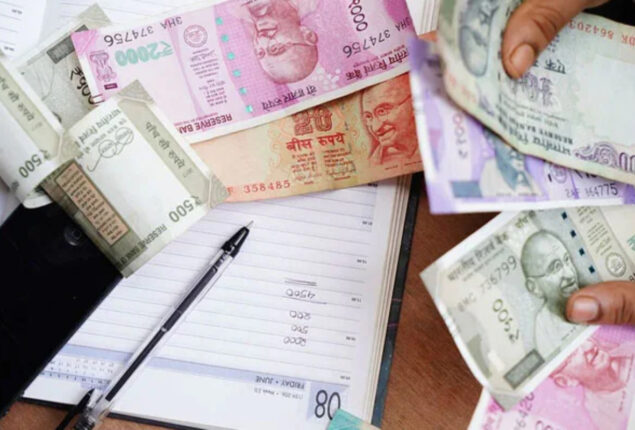Woman prank to buy $1400 safety pin bracelet with her boyfriend
A woman pranks her boyfriend by presenting him with a $1400 "safety...

What Has Changed Between the New and Old Tax Regimes?
Individual taxpayers’ rebate ceiling has been raised from 5 lahks to 7 lahks per year by Finance Minister Nirmala Sitharaman.
“..Currently, those with income up to ₹ 5 lahks do not pay any income tax in both old and new tax regimes. I propose to increase the rebate limit to ₹ 7 lahks in the new tax regime. Thus, persons in the new tax regime, with income up to ₹ 7 lahks will not have to pay any tax,” Ms Sitharaman stated this today in parliament when presenting Budget 2023.
She also announced new tax slabs and repealed the old twin-structure system, which was unboxed in 2020 and taxed citizens at less than 25% without exemptions and 30% with exemptions allowed.
Rs 0-3 lakh – no tax
Rs 3-6 lakh – taxed at 5 per cent
Rs 6-9 lakh – taxed at 10 per cent
Rs 9-12 lakh – taxed at 15 per cent
Rs 12-15 lakh- taxed at 20 per cent
Above ₹ 15 lakh – taxed at 30 per cent

“I had introduced, in the year 2020, the new personal income tax regime with six income slabs starting from ₹ 2.5 lakh. I propose to change the tax structure in this regime by reducing the number of slabs to five and increasing the tax exemption limit to ₹ 3 lakh,” Ms Sitharaman said.
Individual taxpayers were given the option in Budget 2020 to either continue in the previous rate, which allowed them to claim tax exemptions, or choose for the lower new rate, which did not allow them to claim exemptions.
The prior tax scheme had a 30% tax rate for persons with an annual income of 15 lakh, but they could seek exemptions.
Those who chose the new regime, which was initially announced in 2020, and had an income of more over 15 lakh were taxed at 25%, although they could not claim exemptions.
If your annual salary is less than Rs. 7 lakh, you are exempt from paying tax. Previously, the rebate was 5 lakh.
Assume your annual pay is Rs. 9 lakh. It will be taxed by dividing the total into slabs. Accordingly:
A. 0-Rs 3 lakh: no tax (earlier, it was 0-Rs 2.5 lakh)
Balance: ₹ 6 lakh to be taxed under two slabs i.e. ₹ 3-6 lakh portion at 5 per cent and ₹ 6-9 lakh portion at 10 per cent
B. ₹ 3 lakh taxed at 5 per cent: ₹ 15,000
Balance: ₹ 3 lakh to be taxed under one slab i.e. ₹ 6-9 lakh portion at 10 per cent
C. ₹ 3 lakh taxed at 10 per cent: ₹ 30,000
Total tax on ₹ 9 lakh (sum of A, B and C): ₹ 45,000
However, if tax on this ₹ 9 lakh was calculated using the old slabs (0-Rs 2.5 lakh exempted and ₹ 5 lakh rebate), you’d need to pay at least ₹ 60,000, which means the new slabs lead to savings of some 25 per cent.
Catch all the Trending News, Breaking News Event and Latest News Updates on The BOL News
Download The BOL News App to get the Daily News Update & Follow us on Google News.